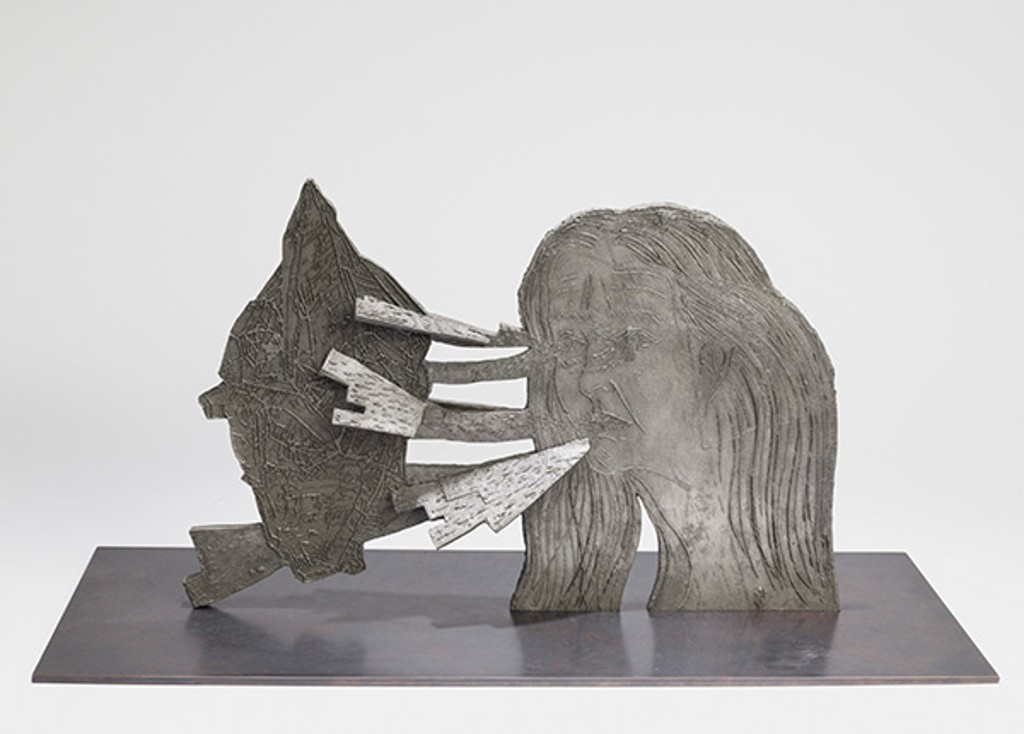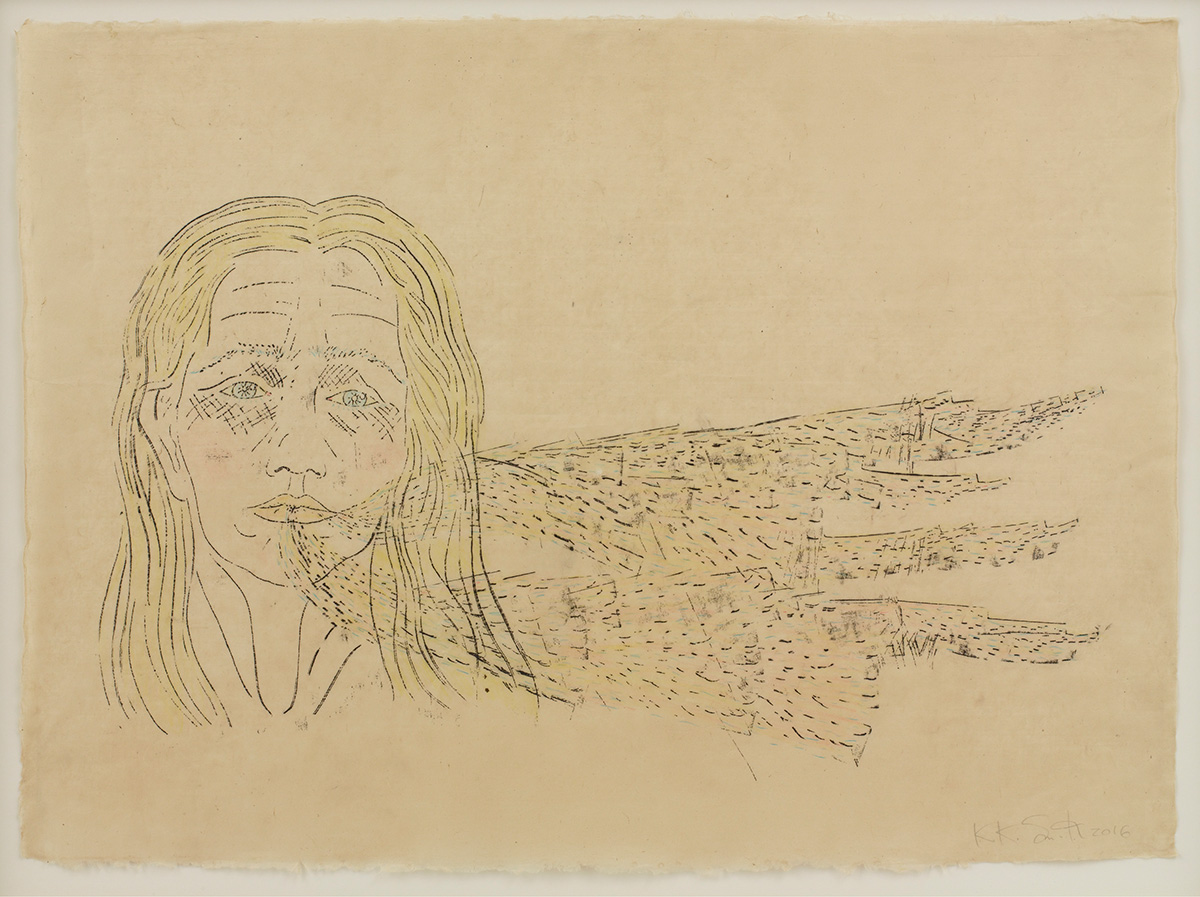" Quest"


+39 02 2043555 e-mail:This email address is being protected from spambots. You need JavaScript enabled to view it.


Kiki Smith

Galleria Raffaella Cortese
via a. stradella 4 20129, Milano - Italy+39 02 2043555 e-mail:


nov 30, 2017 > feb 28, 2018

|

|
Raffaella Cortese is pleased to announce Kiki Smiths fourth solo show at the gallery, following her recent participation in the 57th Venice Biennale.
Kiki Smith, an American artist originally from Germany, is one of the most prominent figures in the contemporary art world. Since the late 70s her research has been centered on the study of identity and the iconography of women. In the first part of her artistic career Smith explored the themes of loss and death through the representation of the interior of our bodies, turning her attention to organs, cell structures and the nervous system. In the following years, Smith's work has evolved to include animals, household items and narratives from classical mythology, also giving great importance to femininity in its intimate and social spheres. The artist's career, which has been developing for nearly four decades, is characterized by a great deal of experimentation both in the choice of techniques - painting, sculpture, design and printing - and in the use of non-traditional materials - from glass to bronze, pottery, porcelain, chalk, paper, latex, hair, beeswax and gold.
On the occasion of this exhibition, a number of drawings and sculptures of female faces from 2016 will be on view. The titles of the drawings Gift, Sense, Utterance, Flurry, Seek, Pathology, Capture, Tilt, Hoping, Future Sense and those of the sculptures Send, Surge, Receive, Transmission, Conductor, Foreseen suggest actions in progress. Consciousness appears to be projected by the faces, which are present in and have similar physiognomic traits thoughout all of the shows works, except for three of them where a hand, a star and a bird are the protagonists. The actions suggest an exchange, from the interior to the exterior, and vice versa, that doesnt reveal the truth about our being or the destiny that awaits us, by raising questions about how we experience our body and the world, as Smith herself stated: they are drawings of heads talking and seeing and receiving and hearing and transmitting and wondering in the world.
In works of both mediums, the lines are broken and interrupted, highlighting a fragility and dematerialization that insistently reminds us of the fleeting nature of the human condition. Their narratives combine figurative representation and the cold rigor of formal abstraction to make suspended figures emerge in ethereal and timeless atmospheres. The faces, although they appear fragile, vulnerable and melancholic, reveal a tenacious life force and symbolize the nature of human consciousness. These slender and lonely faces live indefinitely, in a world where rationality and intuition, physicality and invisibility are united.
What emerges is the exploration of a place where sculpture and painting converge, asserting an effort that, following a path thats as varied as it is consistent, emphasizes a fragmented and fragile, yet always tangible, body. The human condition is the cornerstone of Smiths analysis, in which death, considered an inevitable conclusion, is seen as an integral part of it.
Kiki Smith, an American artist originally from Germany, is one of the most prominent figures in the contemporary art world. Since the late 70s her research has been centered on the study of identity and the iconography of women. In the first part of her artistic career Smith explored the themes of loss and death through the representation of the interior of our bodies, turning her attention to organs, cell structures and the nervous system. In the following years, Smith's work has evolved to include animals, household items and narratives from classical mythology, also giving great importance to femininity in its intimate and social spheres. The artist's career, which has been developing for nearly four decades, is characterized by a great deal of experimentation both in the choice of techniques - painting, sculpture, design and printing - and in the use of non-traditional materials - from glass to bronze, pottery, porcelain, chalk, paper, latex, hair, beeswax and gold.
On the occasion of this exhibition, a number of drawings and sculptures of female faces from 2016 will be on view. The titles of the drawings Gift, Sense, Utterance, Flurry, Seek, Pathology, Capture, Tilt, Hoping, Future Sense and those of the sculptures Send, Surge, Receive, Transmission, Conductor, Foreseen suggest actions in progress. Consciousness appears to be projected by the faces, which are present in and have similar physiognomic traits thoughout all of the shows works, except for three of them where a hand, a star and a bird are the protagonists. The actions suggest an exchange, from the interior to the exterior, and vice versa, that doesnt reveal the truth about our being or the destiny that awaits us, by raising questions about how we experience our body and the world, as Smith herself stated: they are drawings of heads talking and seeing and receiving and hearing and transmitting and wondering in the world.
In works of both mediums, the lines are broken and interrupted, highlighting a fragility and dematerialization that insistently reminds us of the fleeting nature of the human condition. Their narratives combine figurative representation and the cold rigor of formal abstraction to make suspended figures emerge in ethereal and timeless atmospheres. The faces, although they appear fragile, vulnerable and melancholic, reveal a tenacious life force and symbolize the nature of human consciousness. These slender and lonely faces live indefinitely, in a world where rationality and intuition, physicality and invisibility are united.
What emerges is the exploration of a place where sculpture and painting converge, asserting an effort that, following a path thats as varied as it is consistent, emphasizes a fragmented and fragile, yet always tangible, body. The human condition is the cornerstone of Smiths analysis, in which death, considered an inevitable conclusion, is seen as an integral part of it.

|








